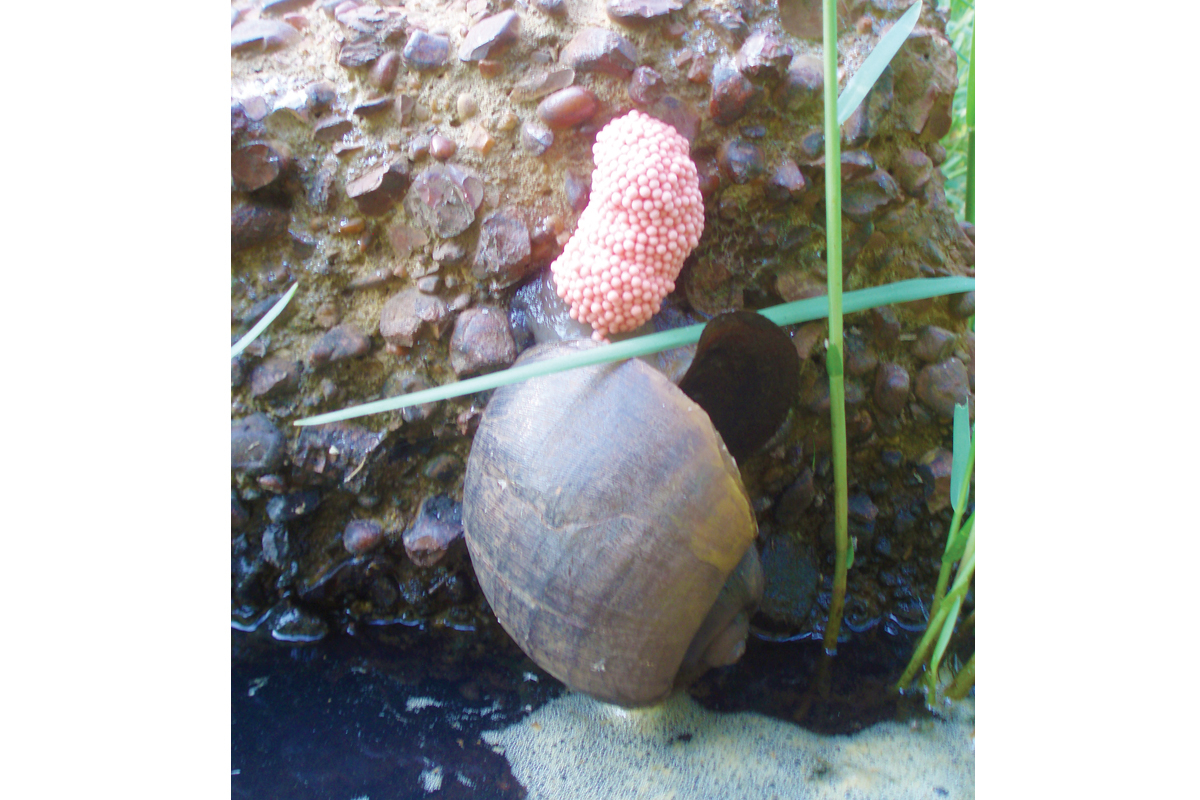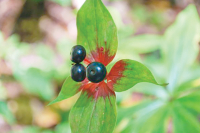Invasive apple snails found in N.C.
 Apple snails reach a large size and lay bright pink egg masses. NCWRC photo
Apple snails reach a large size and lay bright pink egg masses. NCWRC photo
A new invasive species has been found in North Carolina.
On Oct. 2, the N.C. Wildlife Resources Commission announced that the aquatic apple snail had been identified along the Lumber River in Lumberton, the first known population of the South American species in the state.
The snail’s grazing habits can damage plants native species rely on, and they have been observed feeding on amphibian eggs. The snails can also present health risks to humans, as they may carry rat lungworm, a potentially fatal disease spread if the snails are eaten raw or undercooked. The snail’s egg masses contain a toxin that can cause skin and eye rashes.
Apple snails have large, bright pink egg clusters, which they lay on solid surfaces above the waterline, such as tree trunks, vegetation and concrete. The young snails drop into the water after hatching and reach 2 to 6 inches in size, much larger than native aquatic snails. Females can lay eggs as often as once a week, allowing populations to grow and spread rapidly once established.
To prevent the spread of species like the apple snail, clean equipment of aquatic plants, animals and mud; drain water from boats, live wells, bait buckets and other equipment; dry all equipment thoroughly; and never move fish, plants or other organisms from one body of water to another.
To report suspected apple snail sightings, visit bit.ly/invasivereport.









